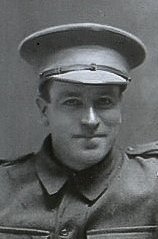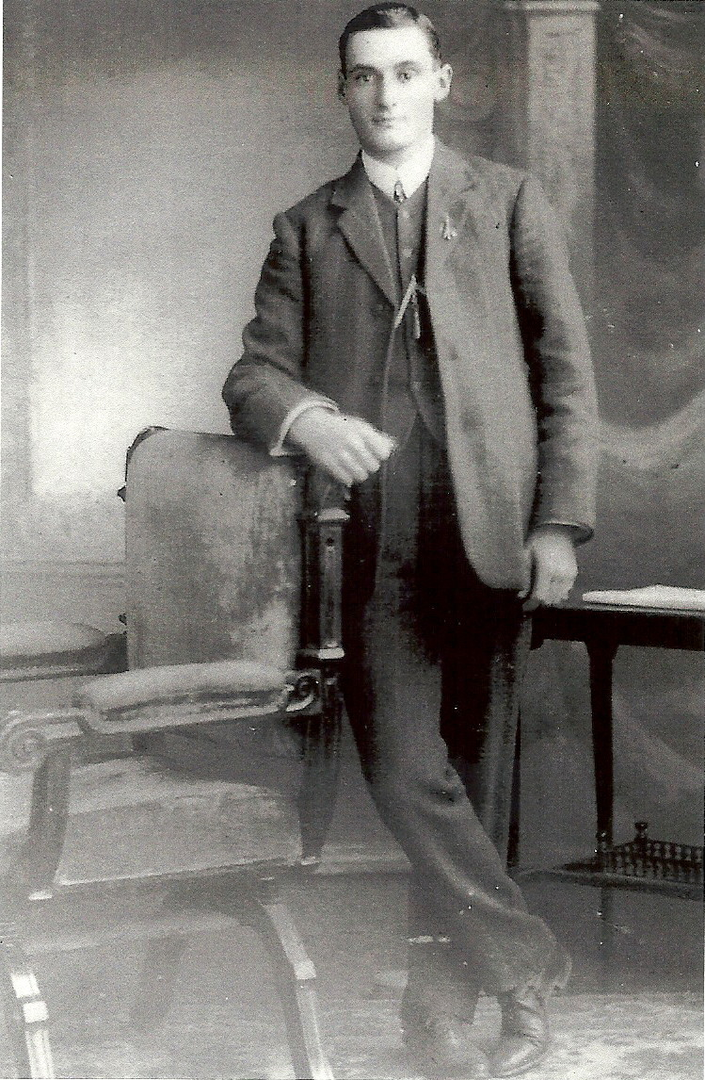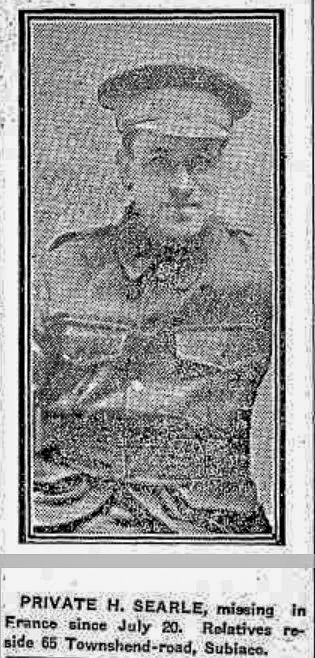Henry SEARLE
Eyes brown, Hair brown, Complexion dark
The Searle family – not an easy start
Can you help us find Henry?
Henry Searle was last seen in No Man’s Land on the 20th July 1916. As part of the 32nd Battalion, he was positioned near where the Germans collected soldiers who were later buried at Pheasant Wood, Fromelles. There is a chance he might be identified, but we need help. We are still searching for suitable family DNA donors.
In 2008, a mass grave was found at Fromelles, a grave the Germans dug for 250 (Australian) bodies they recovered after the battle. As at November 2022, 168 of the 250 in the Fromelles mass grave have been identified through family DNA and given proper burials and recognition. For those soldiers who remain unknown, some identifications are likely and we just need to find DNA donors.
If you know anything of Henry’s contacts here in Australia or his relatives from Western Australia or South Australia - particularly on the maternal line - we would love to hear from you.
See the DNA box at the end of Henry’s story for what we do know about his family.
With thanks to Geoff Tilley and his FaceBook page, In Search of Charles Albert Stokes DCM for his contribution to Henry Searle’s story.
The Searle family – not an easy start
Henry Searle was born in Summertown, South Australia in November 1882 to parents Henry and Matilda Searle (nee Savill) who married in May 1874 in Adelaide, South Australia. Henry is believed to be the fourth of five siblings all of whom were boys. In order of birth:
- James Searle 1875–1941
- William Searle 1877–1941
- Charles Henry Searle 1880–1971
- Henry Searle 1882–1916
- John Edward Searle 1885–1953
Henry’s father was in and out of their lives at various times and left the family about 1885. He was well known to the local police and spent time in prison for a variety of capers. Matilda tried to get child support but had little success. She fell ill in 1886 and, when she was hospitalised, the three eldest were sent to live with their paternal grandparents who placed them into child services. James the eldest was placed with a Mrs Graham while William and Charles were placed initially with Mrs Jones in Port Adelaide. In 1896, John Edward the youngest was also placed in care.
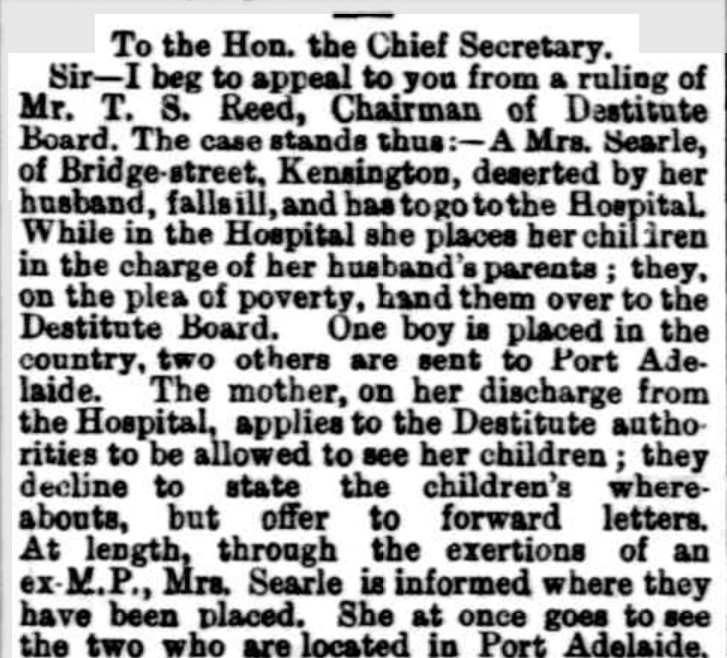
Young Henry – husband and father
In his early 20’s Henry had a few scrapes with the law including drunkenness with his brother Charles and a few dodgy dealings with wood and almonds. His occupation was at various times listed as a labourer and bricklayer and he worked around the Norwood area.
It was in November 1906 in Norwood that Henry, aged 24, married Rose Evelyn Fleming. They had four children together, three sons and a daughter - May, Harold, Roy and Clarence – and moved to Subiaco, Perth at some time between 1910 and 1913. Their four children were:
- May Matilda Searle 1905–93 - married George Garnett.
- Harold Henry Searle 1910–13 - buried at Karrakatta Cemetery.
- Roy Edward Crompton Searle 1913–2007 – married Laura Catherine Thomas
- Clarence Henry Ivan Searle 1915-91 – married Isla Maud Smith and, later, Irene Gladys House.
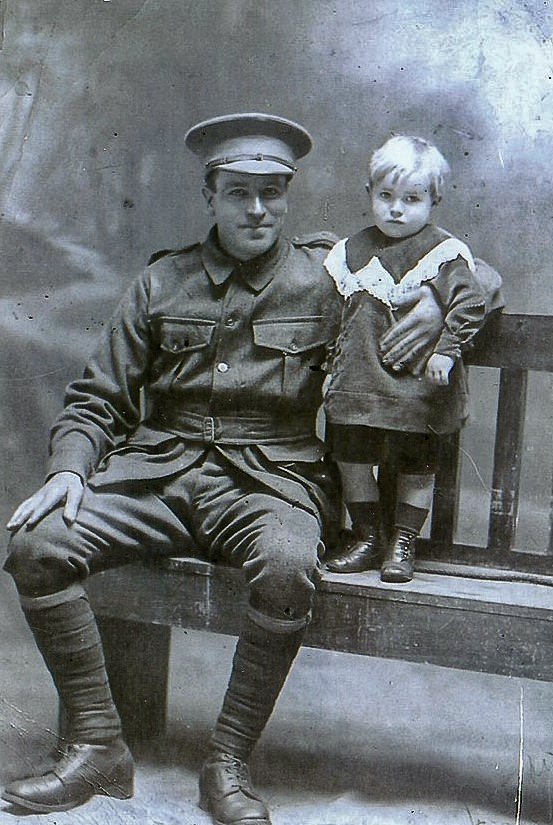
Henry at War – Egypt then France
At the age of 32 with two young children and a pregnant wife at home, Henry enlisted into the A.I.F. in July 1915. He conducted his basic training at Blackboy Hill, Perth, Western Australia, attached to the 32nd Battalion. It was at the end of September 1915 (just a few weeks after the birth of his youngest son, Clarence) that C and D companies sailed from Fremantle for Adelaide, South Australia to join the other half of the battalion - A and B companies -raised in Adelaide. The 32nd Battalion was to be part of the 8th Brigade.
Henry embarked from Adelaide in November 1915 aboard HMAT A2 Geelong attached to D company. Arriving in Egypt in December 1915, the battalion conducted further training at Tel-el-Kebir before embarking for France in June 1916.
On arrival in France, Henry was sent to Morbecque near Hazebrouck in northern France. In July 1916 Henry moved with the battalion to billets at Fleurbaix in preparation for an assault on the German trenches at Fromelles.
Henry hadn’t completely given up his old ways when he signed up to the army – though many young men relieved the stress of war in similar ways. On 6 July 1916, Private Henry Searle was found guilty of three offences: drunkenness; being absent without leave from 2100 hours until arrested at 2205 hours; and attempting to evade arrest. He was awarded 28 days' Field Punishment No 2 which may have consisted of heavy labouring duties, possibly being restrained in handcuffs or fetters. At least, until the Battle!
During this time, preparations for the battle continued with plans for Henry’s 32nd Battalion linked with those of the 31st Battalion. The task of the 31st and 32nd Battalions was to assault the German trenches on the left flank crossing only 100 metres of no man’s land to get to the trenches. The 32nd Battalion was on the extreme left flank. Their job in advancing on the German lines was made more difficult as, not only did they have to protect themselves, but they also had to block the Germans on their left to stop them from coming around behind them whilst advancing. The assault was due to commence at 6pm on 19 July 1916.
Henry’s battalion formed the first and second waves of the attack. Even before the attack commenced, the Australians suffered casualties from the German artillery as well as from their own inexperienced Australian artillery who lacked the skills to provide artillery cover for the assault. Despite the heavy casualties, the men from the 31st and 32nd Battalions commenced their assault. Against all odds, they were able to capture a small section of the German trenches but, with no follow up support and continued German counter attacks, the Australians were forced to withdraw from the German trenches.
Private Henry Searle was listed as missing in action.
Family at home
Henry’s wife, Rose, caring for their three young children at home, was advised in late August 1916 that her husband was missing. She then heard no official news for many months.
Rose wrote to Base Records in February 1917 saying she had still not been officially notified that he was killed in action, but had heard from other sources that he was killed in no man’s land. She enclosed parts of a letter received from her brother-in-law (Gunner Frederick Lacey, 2544) who must have tried to follow up whilst serving overseas.
Base records replied in March 1917 returning Rose’s enclosed cuttings from letters and advised that “there is nothing in any of them to warrant cabled investigations being made.” The letter went on to say that the British Army were utilizing all possible resources to investigate and that any further reports would be sent promptly.

A part of those British Army investigations included enquiries made by the Red Cross interviewing soldiers involved in the battle who may have seen what happened to the many soldiers missing in action. Most of those soldiers interviewed were themselves recuperating from injuries received.
From Red Cross records, Henry’s fate was witnessed by Private Stephen M. REDMOND 1351 also of D Company who gave evidence in February 1917 as follows:
“that on the 19th July, 1916 at 8.30 p.m. at Fleurbaix he saw Searle last in No Man’s Land at the beginning of an attack. He was hit by shrapnel and killed. Several other men saw the occurrence. The Informant (Redmond) states he actually saw seven of the missing men in the Battalion killed.”
Evidence was also given by Private William J. GOULD, 865, that a fellow soldier from D Company, Private Albert G. BULLOCK, 1407:
“had seen Pte Searle lying out dead in No Man’s Land on the Fleur Bay (sic) front near Armentieres.”
Generally, the Red Cross contacted next of kin to advise them of the evidence obtained and it is likely that the reports above were at least a part of the basis for Rose’s February 1917 letter to Base Records.
Henry’s Red Cross file shows that inquiries were made to see if he was taken as a prisoner of war and Captain Charles Mills’ search was recorded on the file as “No trace Germany”. Finally, a court of inquiry was held in the field on 12th August 1917 and the CO found that Private Henry Searle, 32nd Battalion, D Company was killed in action on 20th July 1916.
And so, the family finally had official notification of Henry’s fate even though his final resting place was unknown. He is commemorated at VC Corner, Australian Memorial and Cemetery, Fromelles France, the Australian War Memorial in Canberra, and the Subiaco Fallen Soldiers’ Memorial.
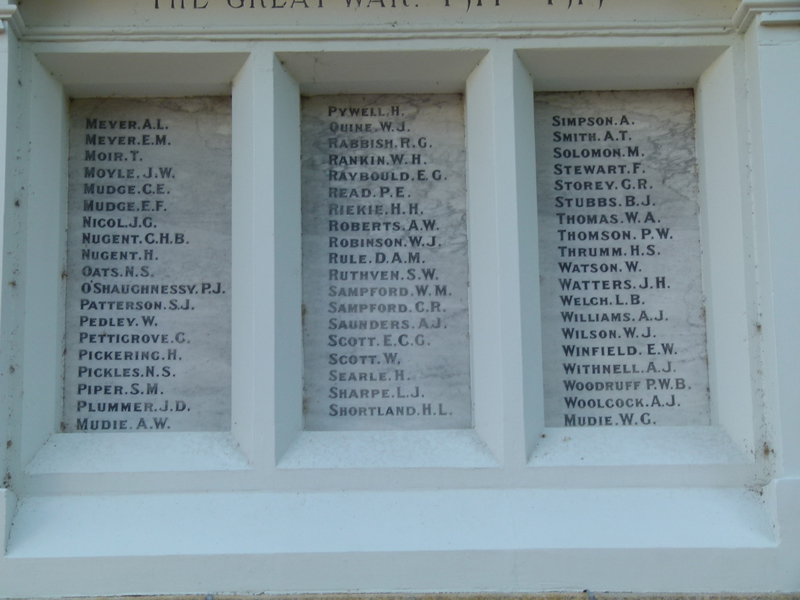
After the War
Two of Henry’s brothers served in the War and both returned to Australia. Charles (service number 1918) served in Gallipoli, Egypt and France with the 12th and the 1st Pioneer Battalions. He returned to Australia in March 1919. The youngest of the brothers, John Edward (service number 567), served with the 43rd Battalion and returned home in December 1918.
Similarly, Henry’s two sons served in World War 2. Roy (1913) served between 1941 and 1944 as a corporal, service number WX33650 while Driver Clarence Searle, W54409, served from 1942 to 1945.
Henry’s wife, Rose, widowed and raising May (12), Roy (4) and Clarence (2) remarried in 1917. Her second husband was Charles George Wheeler, a soldier about to embark for overseas service. Charles returned to Australia in 1919 after being gassed and they settled down to farm in Western Australia.
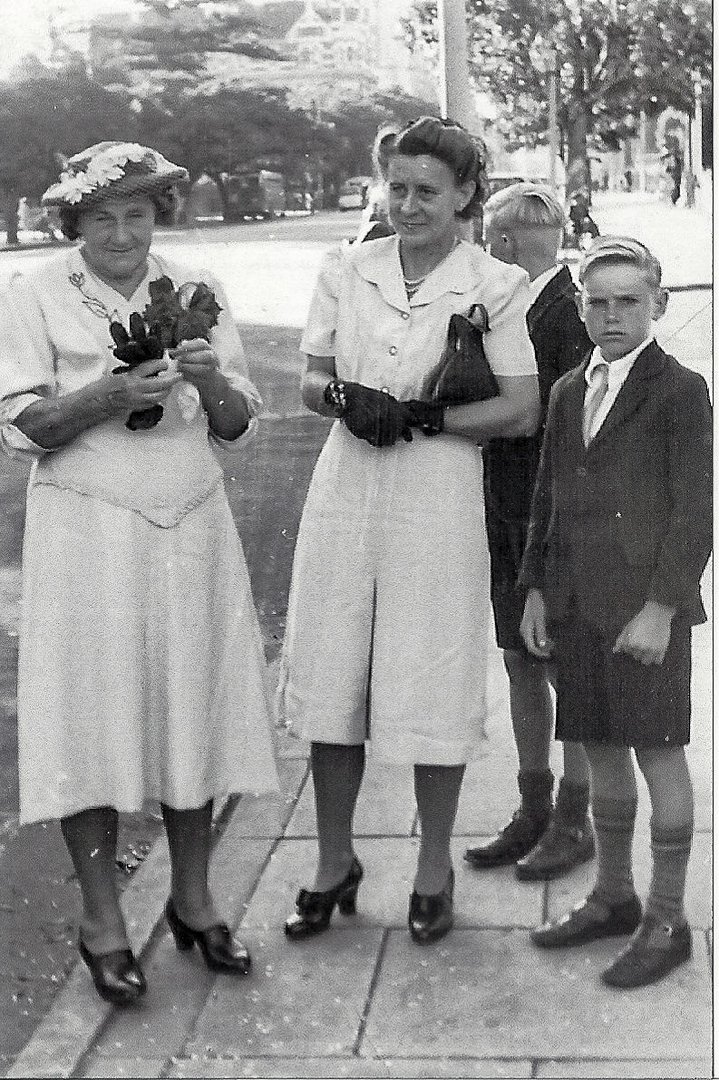
Help us identify Henry
With no burial details and no personal effects, there is no true closure for the family. But is there still a chance?
As described at the beginning of this story, it is possible that Henry is one of the yet to be identified soldiers from the mass grave that was only discovered in 2008 and was near where Henry was shot.
We need to find DNA donors to test for a match with the bodies in the grave. For this soldier, two mt DNA donors (mother’s line) are needed.
If you know anything of Henry’s family or his friend’s contacts we would like to hear from you.
DNA is still being sought for family connections to
| Soldier | Henry Searle 1882-1916 born Summerton SA |
| Parents | Henry Searle and Matilda Saville, South Australia |
| Children | May Matilda, Roy Edward and Clarence Henry |
| Grandparents | |||
| Paternal | Daniel Searle and Caroline Burgess, South Australia | ||
| Maternal | James Savill and Mary Hunt, South Australia |
Of interest on the mt DNA lines, we note that James and Mary Saville had 3 other daughters: Harriet married Daniel Hibberd; Lenora married Charles Comley; and Mary married John McMahon.
Seeking DNA Donors

Contacts
(Contact: carla@fromelles.info or geoffrey@fromelles.info).
(Contact: army.uwc@defence.gov.au or phone 1800 019 090).
Donations
If you are able, please contribute to the upkeep of this resource.
(Contact: bill@fromelles.info ).
